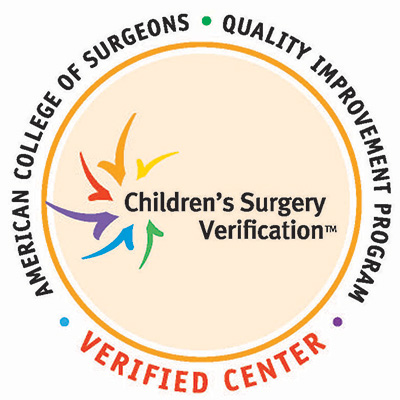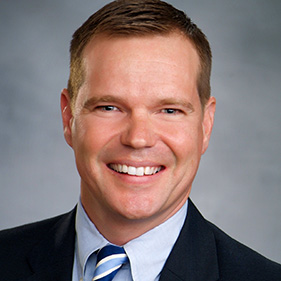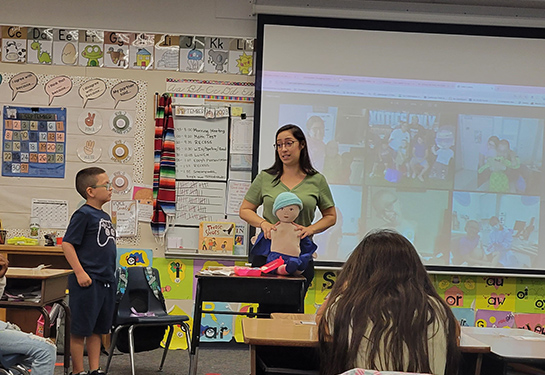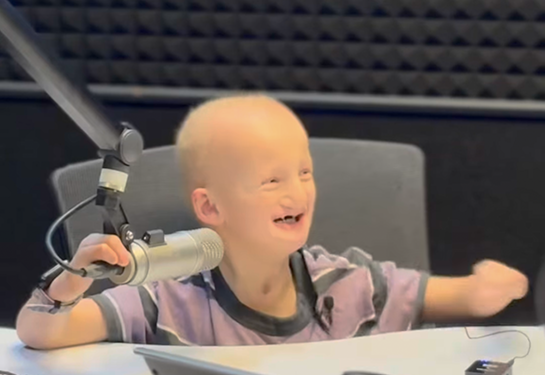Surgery program cut wait times and hospital stays in children with traumatic injuries
Pediatric-specific care teams also reduced narcotics use in children with femur fractures
A study by UC Davis Children’s Hospital researchers finds that a quality improvement program reduced surgical wait times, cut hospital stays, and significantly curbed narcotics use in children who had major operations for traumatic femur fractures. It was published in the Journal of the American College of Surgeons.
"The results of the study represent the tremendous effort over the last decade to improve the care of traumatically injured children at UC Davis Children's Hospital and exemplify the absolute best possible care for pediatric orthopaedic patients in Northern California and beyond,” said senior author Brian Haus, an orthopedic surgeon at UC Davis Children’s Hospital and a faculty member at the UC Davis School of Medicine.
Children’s Surgery Verification at UC Davis Children’s Hospital

The American College of Surgeons (ACS) designed the Children’s Surgery Verification (CSV) Quality Improvement Program to improve pediatric surgical care in hospitals. They introduced the program in 2015, the same year UC Davis Children’s Hospital received a Level I CSV designation.
To be verified as a Level I CSV program, a hospital system must meet pediatric-specific care patient standards set by the ACS. These standards include:
- 24-hour, seven-day-a-week coverage by pediatric surgical subspecialties
- pediatric anesthesiologists
- pediatric nursing teams
- pediatric intensive care beds
- children’s surgical quality improvement programs.
“The ACS Children’s Surgery Program has elevated the care we provide to children requiring surgery at UC Davis on multiple levels since its inception,” said coauthor Karen Semkiw, children’s surgery program manager at UC Davis Children’s Hospital. “Ensuring appropriate staffing, experience and expertise such as pediatric fellowship training of our surgeons, has raised the bar for clinical care. Monthly reviews of operating room efficiency, scheduling, along with pre-and post-operative planning, have ensured excellent patient care for our children and their families.”
Haus said requirements also include operating rooms dedicated to pediatric surgery. The CSV requirement for providers dedicated to pediatrics applied even though UC Davis Children’s Hospital is located within an adult hospital, Haus said. Before the CSV designation, both adult and pediatric surgeons performed operated on pediatric patients.
“CSV standards provide for a formalized perioperative infrastructure within the hospital specific to pediatric patients. This framework includes a commitment to human resources, and a structured performance improvement process surrounding that,” Haus explained.
The results of the study represent the tremendous effort over the last decade to improve the care of traumatically injured children at UC Davis Children's Hospital and exemplify the absolute best possible care for pediatric orthopaedic patients in Northern California and beyond.” —Brian Haus
Program linked to shorter hospital stays, declines in narcotic use
The researchers looked at metrics for pediatric traumatic femur fractures before and after the adoption of the CSV program at UC Davis Children’s Hospital. They analyzed hospital data on 185 traumatic femur fractures (80 pre-CSV, 105 with CSV).
“We found a significant decrease in admission-to-operating room time (approximately 25%) and in total length of stay (around 31%),” said lead author Carter White, a fourth-year medical student at UC Davis. “There was also a decrease in narcotics administration in both the preoperative and postoperative periods.”
In the preoperative period, there was about a 41% reduction in narcotics use and in the postoperative period about a 64% reduction.
The researchers also found that when patients were treated by only pediatric subspecialists rather than surgeons and care teams who also treat adults, they received about 43% fewer narcotics overall.
The study found that, compared to pre-CSV:
- The mean wait time from admission to surgery declined from 16.64 hours to 12.52 hours.
- The mean hospital stay reduced from 103.49 hours to 71.61 hours.
- Preoperative narcotic use changed from 40.61 oral morphine equivalents (OME) to 23.77.
- Postoperative narcotic use declined from 126.67 OME to 45.72 OME
- Narcotic use throughout the entire hospital stay reduced from 209.3 OME to 128.14 OME.
- The study found no significant increase in the length of operations.
“We found an overall increase in pediatric-specific resources, such as the use of child life therapy for nonpharmacologic pain management. There was also an increased allocation of pediatric occupational and physical therapists, which may have allowed for earlier discharge home,” Haus said.
The faster admission to surgery and reduced hospital stay after CSV adoption may only partially explain the reduction in opioid use, White said.
“We found that there was an overall larger decrease in total morphine equivalence and narcotics administration compared to the reduction in hospital say,” White said. “This difference is possibly reflective of the additional resources provided by pediatric providers.”
While this study looked at only femur trauma cases, Haus said the improvements may be seen across other types of pediatric operations such as open fractures, nerve injuries, limbs at risk, and neurosurgical injuries.
Other study coauthors are Holly Leshikar, Micaela White and Diana Farmer of the UC Davis School of Medicine and Spencer White of Applied Technologies, Austin, Texas. Leshikar is also with the Department of Orthopedic Surgery. Farmer is also with the Department of General Surgery.





